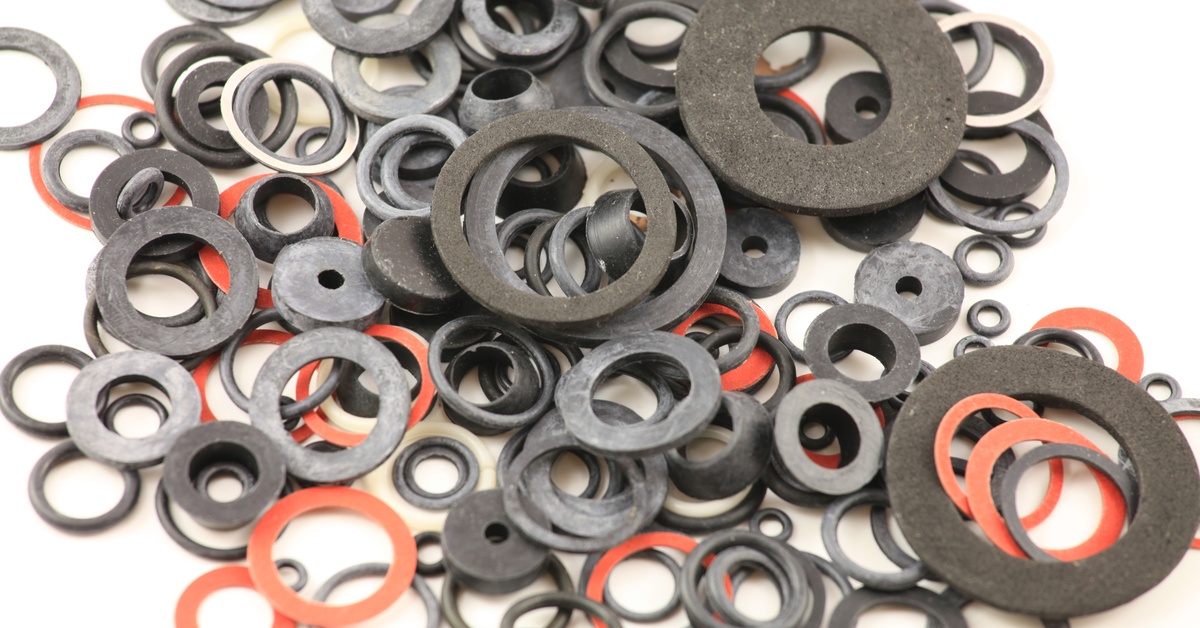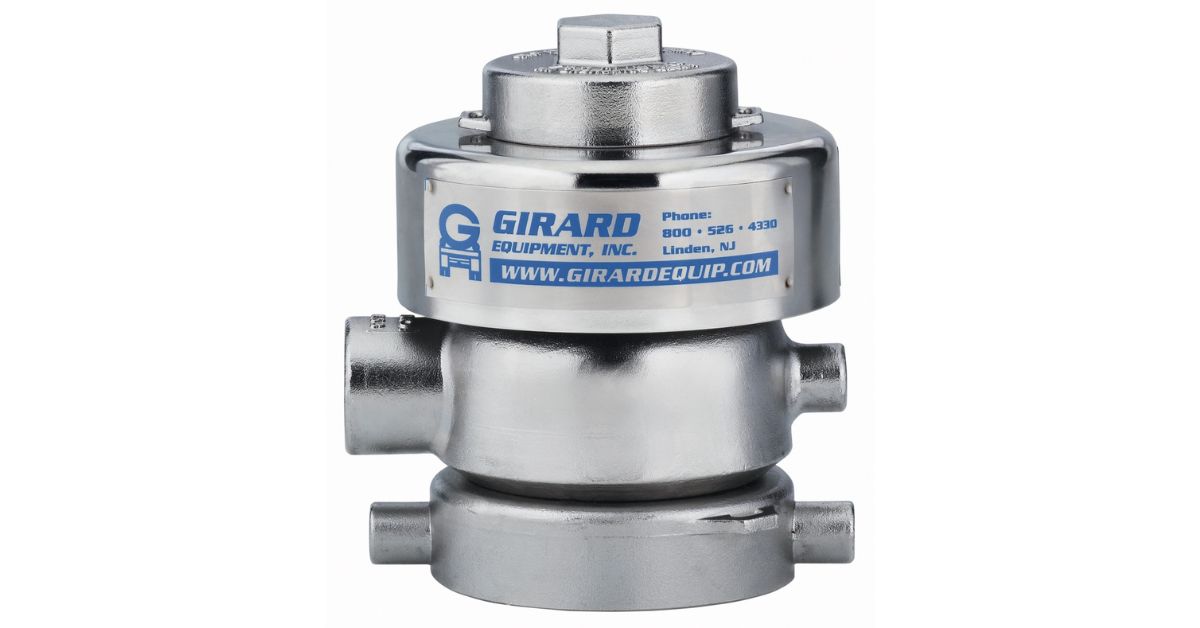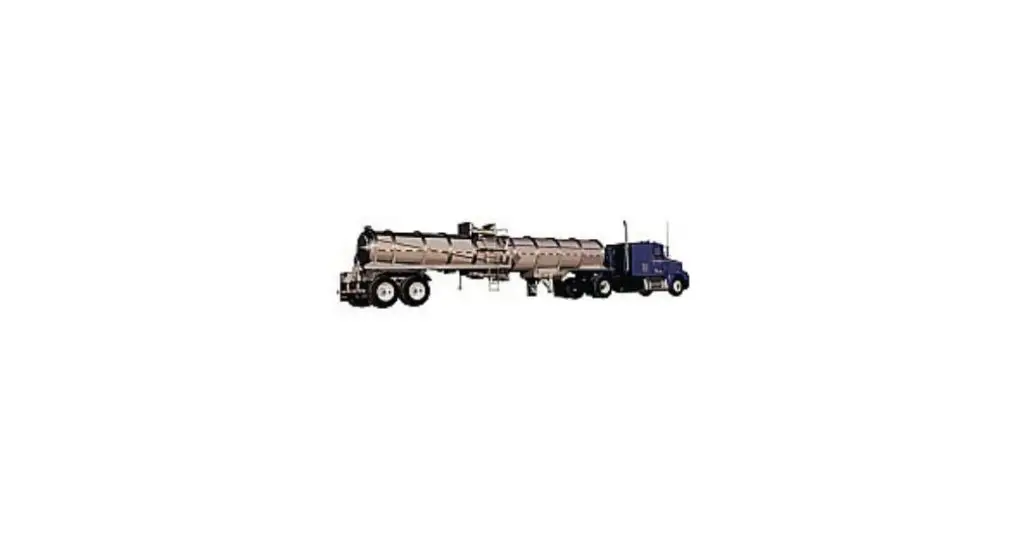Magnetic vacuum breakers play a vital role in tanker trailer safety and reliability. However, there are many factors that will degrade the valve’s ability to perform as a result of the harsh service environment. When overlooked or left unmaintained, subtle signs of wear in these specialized components can cause system vulnerabilities, threaten cargo integrity, and compromise tank truck compliance. This guide will help you in spotting signs of wear in your magnetic vacuum breaker.
Understanding Magnetic Vacuum Breakers
A magnetic vacuum breaker is a key safety component in tanker trailers. It prevents vacuum-related pressure imbalances and maintains safe internal pressure during loading, unloading, and transit. A magnetically actuated mechanism equalizes pressure to protect the tank from collapse or rupture, ensuring cargo safety and the integrity of the tanker system.
Importance of Noticing Wear and Tear
Detecting signs of wear and tear is essential to sustaining the efficiency and effectiveness of your magnetic vacuum breaker. After each load, we recommend taking the valve apart and cleaning it, as well as replacing any parts that normally wear out. The vacuum breaker repair kit should have everything you’ll need to return this valuable asset to service on your tank trailer. Undetected degradation can create opportunities for operational failure. When left unaddressed, minor flaws can develop into critical weaknesses that undermine safety, invite costly downtime, and impact scheduled deliveries.
A proactive mindset toward monitoring your magnetic vacuum breaker ensures continuous protection of equipment, cargo, and personnel. Noticing early signs of wear allows for timely maintenance or replacement, keeping the tanker trailer in strict compliance with industry standards and reinforcing your fleet’s reputation for safety and reliability.
Common Signs of Wear and Tear
Magnetic vacuum breakers face constant stress, leading to potential issues such as cracked gaskets or O-rings, corrosion on the metallic parts, weakened connections, leaks, or stuck valves. Recognizing these signs early helps prevent minor problems from becoming significant hazards.
Cracked or Damaged Gaskets

O-rings within a magnetic vacuum breaker provide a crucial seal for airtight performance. Over time, repeated exposure to chemicals, temperature fluctuations, and operational stresses can cause these o-ring gaskets to crack, tear, or become brittle.
Cracked gaskets lead to incomplete sealing, resulting in air leakage and compromised pressure control. This flaw clearly warns that the magnetic vacuum breaker can no longer provide optimal protection. Regular inspection and prompt replacement of gaskets and the wearable parts restore the seal’s integrity and preserve system safety.
Corrosion on Metal Components
Over time, metal parts of a magnetic vacuum breaker remain susceptible to corrosion due to prolonged contact with ladings of corrosive chemicals. Corrosion weakens metal, erodes precision-engineered surfaces, and disrupts the integrity of sealing surfaces.
Surface pitting on critical components demands swift corrective action. Left unchecked, corrosion causes structural failures and malfunctions. Inspect all metal surfaces regularly and schedule maintenance whenever corrosion appears. Quality vacuum breakers from Girard Equipment utilize durable alloys such as 316L and Hastelloy and protective coatings to reduce corrosion risks.
Magnet Weakening
The magnetic element forms the operational core of a magnetic vacuum breaker. Magnet strength may diminish over years of repeated cycling, persistent exposure to high-heat wash water, and frequent temperature shifts.
A weakened magnet will fail to actuate the valve mechanism with the required force during sudden pressure changes, resulting in delayed or incomplete pressure equalization. Routine checks measuring the magnetic force help uncover early signs of weakening. If the magnet can no longer fulfill its function, replace it immediately. Girard Equipment produces a test box that is available for purchase on our website.
Loss of Seal Integrity
Maintaining a perfect seal remains the hallmark of a functional magnetic vacuum breaker. A worn seal, caused by mechanical stress or degraded materials, allows air leaks during operation. This results in pressure loss or an inability to maintain required vacuum levels.
Such a loss of seal integrity severely threatens transport safety, especially with hazardous or sensitive cargo. Addressing flaws in sealing surfaces or misaligned components restores the vacuum breaker’s working conditions and protects the tank and contents.
Physical Deformation
Signs of bending, denting, or other deformation of seals or O-rings would signal that the vacuum breaker has endured excessive physical force or improper handling.
Any visible damage warrants a comprehensive valve tear-down and inspection to ensure that core functions remain uncompromised. Preventative handling and protective mounting reduce the risk of such damage. Most magnetic vacuum breakers are found in the overturn protection box, also known as the spill dam, of the tanker trailer.
Debris Buildup
A clean operating environment enhances the longevity of magnetic vacuum breakers. Dust, dirt, or sludge accumulation within the housing can significantly affect performance.
Obstructed internal passages cause erratic performance or complete failure to actuate under appropriate pressure conditions. Routine cleaning of the vacuum breaker and diligent maintenance schedules limit debris buildup and protect valve function.
Worn or Stuck Valve Mechanisms
The vacuum breaker valve assembly must remain resilient and responsive. Wear on internal parts, springs, or sealing faces can result in the valve sticking, lagging, or failing to reseat after it experiences a vacuum situation.
Signs of delayed response or persistent stuck positions alert operators to mechanical deterioration. Partial or failed valve operation undermines the entire vacuum breaker’s performance.
Cracked Housing
The housing of a magnetic vacuum breaker acts as a protective shield. Cracks in the housing compromise system pressure and expose sensitive internals to corrosion and physical contamination.
Housing cracks call for immediate part replacement. Selecting vacuum breakers constructed from robust materials, like those from Girard Equipment, reduces housing failure rates.
Leaking Fluid Residues
Fluid leaks or residues around the vacuum breaker indicate compromised seals or mechanical breakdowns. Such leaks signify loss of containment or exposure to tank contents, alerting operators to urgent repair or replacement needs.
Inspection protocols must closely examine all accessible surfaces for moisture, staining, or fluid accumulation.
How to Perform Regular Inspections

Effective maintenance of magnetic vacuum breakers demands structured, regular inspections. Each inspection should include:
• Visual examination of exterior for cracks, corrosion, or deformation
• Physical check of gasket flexibility and tightness
• Assessment of internal cleanliness and valve mechanism movement
• Testing for magnetic force using suitable instrumentation
• Listening for abnormal sounds during typical operation
• Checking for leaks or staining around connection points
Log every inspection and document any observed wear or failure. Develop a scheduled maintenance routine, prioritizing intervals based on tanker workload, cargo type, and environmental exposures.
When To Replace Your Magnetic Vacuum Breaker
Recognizing when replacement is necessary ensures ongoing safety and compliance. Immediate replacement is warranted when:
• Inspection reveals severe cracks, deformation, or persistent leaks
• The magnetic force weakens below operational standards
• Parts display advanced corrosion or widespread physical damage
• Valve mechanisms become unresponsive or repeatedly malfunction
Selecting a high-quality replacement is crucial. Tank vacuum breaking valves from Girard Equipment deliver industry-leading performance and long-term reliability. Manufactured in a purpose-built foundry, Girard Equipment valves use a variety of alloys and industry-proven materials for maximum durability. Investing in trusted solutions like Girard Equipment ensures uninterrupted tanker operation and peace of mind for fleet managers and operators.
Protecting Your Fleet with Diligent Upkeep
Spotting signs of wear in your magnetic vacuum breakers empowers you to maintain peak tanker trailer safety and reliability. Proactive monitoring, thorough inspections, and genuine, high-performance replacements fortify your operation against unnecessary setbacks.
For operators and managers who recognize the value of uncompromising reliability, Girard Equipment offers tank vacuum breaking valves that set the standard for quality and endurance. Explore our full range of solutions to protect your fleet and uphold the highest standards of service and safety.

